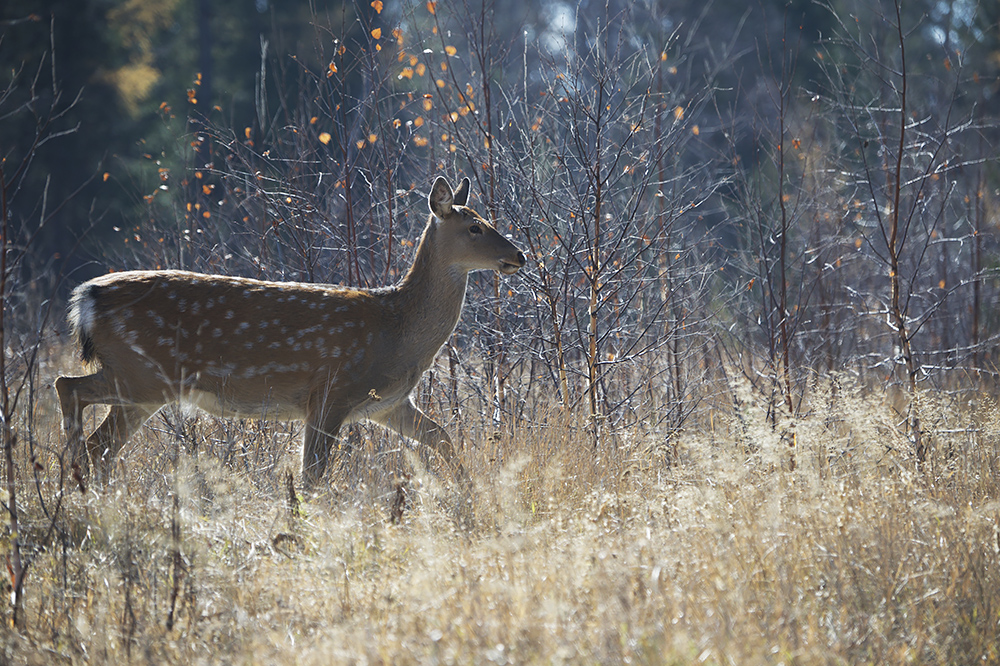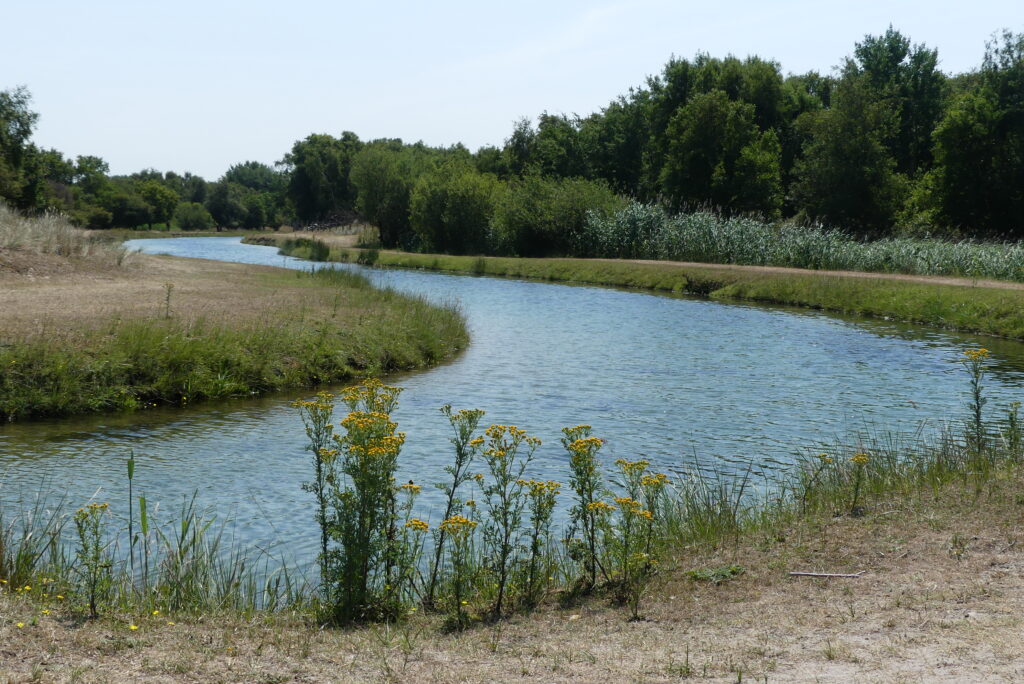
Nestled between Zandvoort and Noordwijk, the Amsterdamse Waterleidingduinen is a haven for nature enthusiasts. This sprawling reserve, approximately 5 kilometers wide and 10 kilometers long, has been a cornerstone of Amsterdam's water treatment since 1853. It treats around 70 million cubic meters of water annually from the Rhine River, utilizing the dunes as a natural filtration system.

The dune area is a sanctuary for over 100 bird species, including the Little Ringed Plover, Bluethroat, Wood Lark, and Whinchat. It's a premier birdwatching spot, with species like the Red-crested Pochard and Common Goldeneye often sighted. The reserve also boasts the largest population of fallow deer in the Netherlands and is home to numerous foxes, making it a wildlife photographer's dream. Visitors might also spot bittern flapping amidst reed beds, little mammals such as foxes and pine martens, or, in warmer weather, a kaleidoscope of dragonflies and butterflies
Hiking enthusiasts can enjoy various trails across its 3400 hectares – one of the largest connected hiking areas in the Netherlands. The landscape, transforming into an African desert-like terrain in summer, offers an immersive nature experience. Trails like the one passing the 'Oasis' bird hide span around 10 km, ideal for both casual strolls and serious hikes. The area is a great place for walks, runs, or hikes but bicycles aren’t allowed, helping to protect the unique dune landscape.

The dunes play a crucial role in water supply. Every year, no less than 70 million cubic meters of water from the Rhine River is pre-treated and pumped into the dunes. The sand in the dunes acts as a natural filter, purifying the water over a period of three months. This process, which has been ongoing since 1853, culminates at the Leiduin treatment facility, ensuring the water is safe for consumption. This sustainable method underscores the importance of the dunes beyond their recreational and ecological value, providing a significant portion of drinking water.
The reserve is accessible by various modes of transportation, with four main entrances and ample parking available at affordable rates. Public transport options include buses from nearby train stations like Heemstede-Aerdenhout, Hillegom, or Zandvoort. An entrance fee of €1.50 applies, and the area is open for exploration on foot from sunrise to sunset. Whether for birdwatching, hiking, or simply enjoying the tranquility of nature, the Amsterdamse Waterleidingduinen offers a unique outdoor experience. Additionally, there are guided nature walks available, and visitors can explore various routes ranging from 3 km to 30 km
The Amsterdamse Waterleidingduinen is more than a nature reserve; it's a vital component of environmental sustainability and water management strategy. Its role in providing clean drinking water, coupled with its rich biodiversity and picturesque landscapes, makes it a must-visit destination for anyone interested in nature, wildlife, and conservation.
We hope you enjoyed this glimpse into the vibrant life of Haarlem. For more stories, tips, and local insights, keep exploring HaarlemToday. Don’t forget to share your favorite articles with friends and join the conversation on our social media channels. Until next time, keep discovering the unique flavors and experiences that make our city special!
